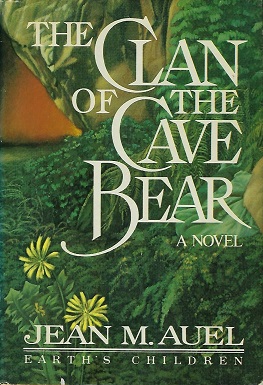This week, Salem, MA comes up a lot in our book (which is being released on SEPTEMBER 2!! So you're getting an early review of this book!!!!) And, while our book this week isn't technically historical fiction, it does kind of have that feel and talk a lot about the Salem witch trials.
So what is that fine lines between a historical book and a historical fiction book?
A really good example of historical fiction is Phillipa Gregory. She writes nothing but historical fiction. Probably one of her most famous is The Other Boleyn Girl. We've also reviewed The Queen's Fool.
This book is called Elizabeth: The Struggle for the Throne by David Starkey. It's a non-fiction book (a very good one at that) all about how Elizabeth I grew up. It tells about how she was continually disowned and then readopted by her father. She was in his favor and then dismissed, depending on his wife and his mood. One second she was an heir to the throne and then the next second she wasn't.
Starkey tells us all about Elizabeth's life up until she claims the throne of England on Nov. 17, 1533 (PS I didn't even have to look that up.) He tells us a story, just like Gregory does, the difference is, his story is nothing but fact. There are footnotes and end notes telling us exactly where his information comes from. He tells us when he's speculating and that it might be true, and it might not be true, but that there's no real way to tell, XYZ are just the reasons he thinks they are.
At the end of the day, the biggest difference between between the two genre is the, well, fiction. Starkey can't tell us anything but the true, while Gregory is allowed a little more embellishment. But, they both tell a good story.
So what is that fine lines between a historical book and a historical fiction book?
A really good example of historical fiction is Phillipa Gregory. She writes nothing but historical fiction. Probably one of her most famous is The Other Boleyn Girl. We've also reviewed The Queen's Fool.
These books are all based on historical events, mostly the Tudor family. Elizabeth the first (appearing in The Queen's Fool) and Mary and Anne Boleyn, along with Henry VIII, who were in The Other Boleyn Girl, were all real people. And a lot of the characters they portrayed in these books were accurate. The Boleyn sisters were very prominent and lovers of Henry VIII. Anne Boleyn did eventually become his wife. Gregory did a lot of research about the time period and their lives and incorporated all of that into her books.
However, the relationship that Mary has with Anne is entirely fabricated by Gregory (might have existed, no one really knows.) She created the conversations, the situations, all of the non-major events (and even some of the major ones.) The books are, largely, fictional ones and should be treated as such, despite the fact that they're based on people that actually existed.
Starkey tells us all about Elizabeth's life up until she claims the throne of England on Nov. 17, 1533 (PS I didn't even have to look that up.) He tells us a story, just like Gregory does, the difference is, his story is nothing but fact. There are footnotes and end notes telling us exactly where his information comes from. He tells us when he's speculating and that it might be true, and it might not be true, but that there's no real way to tell, XYZ are just the reasons he thinks they are.
At the end of the day, the biggest difference between between the two genre is the, well, fiction. Starkey can't tell us anything but the true, while Gregory is allowed a little more embellishment. But, they both tell a good story.
















































